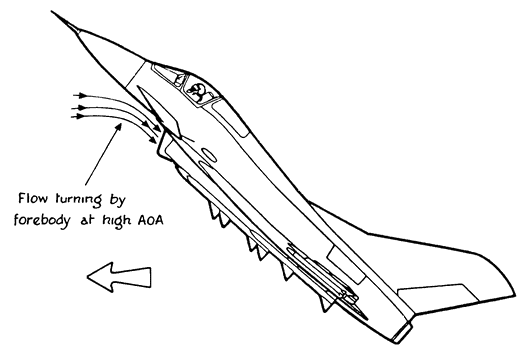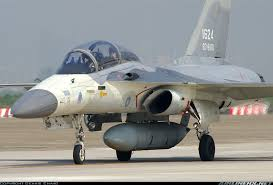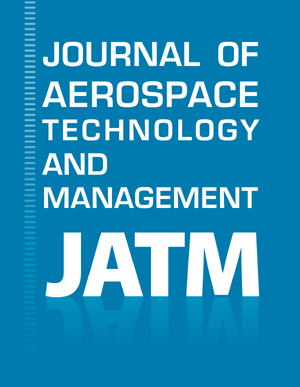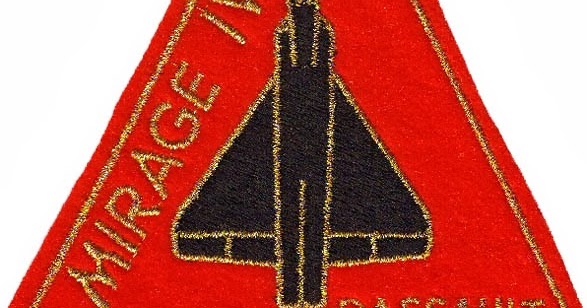In my opinion every thing is related to the military budget.
And France economic strengths - and weaknesses.
Back to that Dassault - VGE meeting on December, 18 1975 (Président Valéry Giscard d'Estaing, elected in May 1974 only eight months after the oil shock - and doomed to become France Jimmy Carter, unfortunately for him !)
Background: since 1963 the Armée de l'Air (and Dassault) have struggled to find a viable successor to the Mirage III inexpensive and versatile family of combat aircraft.
Main issues are the following
- the AdA wants an unaffordable twin jet heavy fighter, blinded by the Phantom immense production run and export orders
- France radar industry (CSF, Dassault own shop, some others) has difficulties catching up with new technologies like pulse-doppler (Cyrano / RDI saga) and same for ground attack (Antilope wil take a very long time to mature, too).
- between 1969 and 1974 the Jaguar is duplicating a lot of attack types (Mirage IIIE, Mirage V, many others) at a cost that weights heavily on the AdA budget; Dassault truly hates it for that very reason !
- France economy (and the according military budget) has suffered a first blow with the post-May 1968 social gifts and a second much more lethal one with the 1973 oil shock
- Giscard is definitively NOT a Gaullist who would spent large sums of money in technical boondoggles like concorde "just for the glory of France". He is more akin to Walter Mondale or William Proxmire in mentality. "hold the budget purse tight !"
So against such complicated background, in 1972-75 the last in a serie of a failed "Mirage III replacement plan" was the following
- a low-high mix of Mirage F1-M53 / ACF
Problem was a) the ACF become more and more unaffordable and b) the F1-M53 low-end was screwed by the F-16 in the deal of the century in June 1975.
And thus the plan has been dropped: both aircraft abandonned.
Dassault however kind of reworked both high-end and low-end with delta-wings and analog FBW:
- Mirage 2000 + Mirage 4000
This however still doesn't solve the previous plan two major issues
- the high end remains as unaffordable as ever for the AdA
ACF versus Mirage 4000
- the low-end is more realistic but will have to face the goddam F-16 on export markets... not sure it will do as good as the Mirage III, which triumphed at a time when a) Uncle Sam expensive Phantoms were busy in Vietnam...
and b) the Phantom low-end was a mix of F-104G (old and controversial plus briberies) and F-5 (lower performance)
On December 18 1975 Dassault goes to meet Giscard at the Elysée palace and makes a half-baked proposal
"Sure, the Armée de l'Air wants the 4000. Two things are sure however
a) it will be expensive
b) no export orders however if the AdA doesn't buy it in the first place"
Then Giscard notes the 2000 beside it
"What's this one ?"
"A revamped single-engine Mirage III look-alike that should sold pretty well on export markets: it is close enough from the III and the F1..."
Giscard then makes the following proposal "Then why not the 2000 for the AdA, too ? and you would have an easier time to sell it on export markets..."
Dassault was taken aback but Giscard was kind right on both accounts: not only would the 2000 be much less expensive for France, but it would sell even better with its stamp of approval.
And that's how the 2000 carried the day.
Dassault said exiting the Elysée
"si l'Irak n'achète pas le 4000 il est foutu"
"If Iraq doesn't fund and buy the 4000, it is toast." And surely enough it happened exactly this way.
Meanwhile the AdA swallowed the pill of the 2000 only to note that as an interceptor 90% of the job could have been done by the previous F1-M53 and the F1-Atar entering service... RDI and Super 530D would have fit.
Another (greater) frustration was they had once again lost the twin-jet heavy fighter
after having lost
- 1958 Mirage IVC
- 1965 AFVG
- 1968 Mirage G4
- 1972 Mirage G8
- 1975 ACF
- 1979 Mirage 4000
That's quite a long list, it shows how stubborn was the AdA and also, how budgetary and political constraints invariably and in rapid succession screwed
a French Phantom,
a French F-111 and
a French F-15.
And then guess what was the AdA reaction ?
"screw them, this time we will try to get
a French Hornet thanks to smaller engines on a lighter and less expensive airframe"
And after a long and arduous fight, they suceeded (at the cost of the Typhoon split)
The Rafale !




